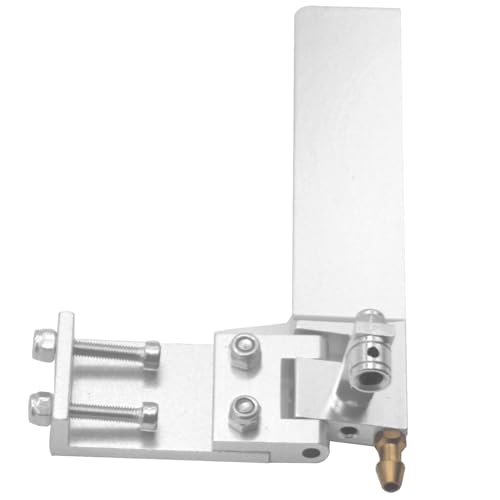The black under the piston is dye, how many times do I have to say it.. Its dye, not carbon, not burned, and not the cause. I started this thread looking for a answer that I could not find, the sleeve is out of round.. Ron solved that one for me, my fuel mix is not/should not be in question. Ill say it 1 more time for those that have not read back.
IV RAN THIS EXACT SAME FUEL MIX FORMULA FOR 3 YEARS THROUGH 14 MOTORS, THIS IS MY 1 AND ONLY FAILURE.
The color you see is NORMAL for my engines while there being broken in. The dye is diagnostic in nature, Same fuel for 21's to 101's, no deviation in formula, 2 well known SAW drivers run this EXACT SAME MIX with no failures on there part.
Here is my process.
step 1, Lap P/S in at home with WD-40
step 2, Run 3/4 gallon through motor fairly rich, I don't have to go super rich because half the break in process was done at home
step 3, after 3/4 gallon pull motor down, replace bearings and rod, c clips and wrist pin, take my break in crank out and install normal crankshaft
step 4, After 1/2 gallon of fuel, pull head button/sleeve as 1 unit out and check for my caster seal in the head, once I can confirm iv got a total seal, snatch the piston and rod and check my under side color, if all is golden, put the motor back together, and go run the holy *&c% out of it

The only question that's left is how my sleeve got high spots in it, I know for sure during the lapping process the sleeve and piston wore in correctly, noting any non shiny/overly shiny spots on the sleeves wall. I guess its possible I dropped the sleeve, or dropped something on it, I don't store my sleeves any special way, just stick them and there rods in a 4" x 4" bin inside my rigger stand, I keep about 12 sets of ready to go p/s sets in there, guess I need to go check them for dimples.



































